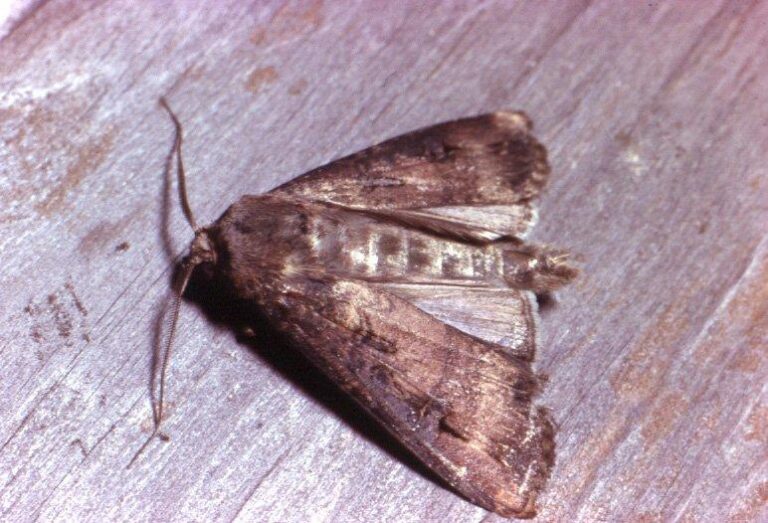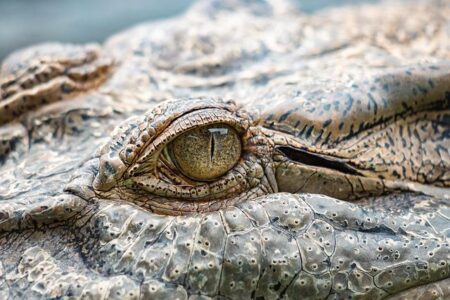In a remarkable breakthrough bridging entomology and astronomy, scientists have identified an Australian moth that may be the first insect ever discovered to use the stars for long-distance navigation. This unprecedented finding sheds new light on migratory behaviors in insects, revealing that these tiny creatures might rely on celestial cues similar to those used by birds and marine animals. The discovery not only challenges previous assumptions about insect navigation but also opens exciting avenues for future research into how nocturnal species traverse vast distances under the night sky.
Australian Moth Exhibits Unprecedented Stellar Navigation Abilities
Researchers studying Australian moths have uncovered astonishing evidence suggesting these nocturnal insects employ the stars as navigational aids during their extensive nightly migrations. Unlike most insects that rely on terrestrial landmarks or the Earth’s magnetic field, this species demonstrates a remarkable ability to orient itself using stellar constellations, revealing a navigation strategy previously thought exclusive to birds and some marine animals. The discovery emerged from a series of controlled experiments where moths were released under artificially altered night skies, causing significant changes in their flight paths aligned with specific star patterns.
This breakthrough opens new avenues in understanding insect migration and sensory perception. The team documented several key traits that support their findings, including:
- Consistent flight direction correlated with star positions
- Adjustment of course when familiar constellations were blocked
- Use of polarized moonlight to supplement star-based navigation
Below is a summary of the moths’ navigational cues compared to other known migrating animals:
| Species | Primary Navigation Cue | Distance Traveled |
|---|---|---|
| Australian Moth | Stars & Polarized Moonlight | Up to 500 km |
| Monarch Butterfly | Sun Compass | 3,000 km |
| Arctic Tern | Magnetic Fields & Stars | 70,000 km |
Scientists Uncover Mechanisms Behind Insect Long-Distance Travel Using Star Patterns
Recent research has unveiled that the Australian Bogong moth uses celestial cues, particularly star patterns, to guide its remarkable long-distance migrations. Scientists observed these nocturnal travelers engaging in precise navigation despite the lack of physical markers, suggesting an innate ability to interpret the night sky. By using a combination of controlled experiments and field observations, researchers documented how the moths rely on the Milky Way’s glow and prominent constellations to maintain their migratory routes, a phenomenon previously undocumented in insects.
The study’s findings not only redefine our understanding of insect navigation but also open new avenues for exploring how environmental changes affecting the night sky might impact migratory species. The team presented the moths’ navigational toolkit, as summarized below:
- Star Pattern Recognition: Ability to identify and orient with specific constellations.
- Celestial Compass Calibration: Adjusting flight direction based on the rotation of stars.
- Magnetic Sensory Integration: Combining magnetic cues with visual star maps.
| Migratory Factor | Role in Navigation |
|---|---|
| Milky Way | Primary orientation for directional accuracy |
| Brightest Stars | Markers for course correction |
| Magnetic Field | Backup guidance method under cloudy skies |
Implications for Navigation Technology and Conservation Efforts Inspired by Moth Behavior
Understanding how this Australian moth harnesses celestial cues to navigate vast distances could revolutionize current navigation technologies, especially in environments where GPS signals are weak or unavailable. By mimicking the moth’s ability to interpret star patterns for orientation, engineers could develop compact, energy-efficient bio-inspired navigation systems. Such systems might employ star-tracking sensors or algorithms modeled on the moth’s neural processes, enhancing the accuracy of drones, autonomous vehicles, and exploratory robots operating in remote or extraterrestrial terrains.
On the conservation front, unveiling this nocturnal star-based navigation opens new avenues for protecting migratory insects sensitive to light pollution and habitat disruption. Advocacy for dark sky preserves and the regulation of artificial lighting gains added urgency, as these environmental factors may compromise the moth’s natural guidance system. Key conservation strategies now include:
- Implementing ‘insect-friendly’ lighting designs in urban and rural areas
- Designating nighttime migration corridors free from artificial light interference
- Integrating star navigation cues into habitat restoration planning
| Impact Area | Potential Benefit | Example Application |
|---|---|---|
| Navigation Tech | Enhanced GPS alternatives | Drones in dense forests |
| Conservation | Preservation of migration routes | Lighting regulations |
| Ecological Research | New study methods for nocturnal species | Satellite/star tracking studies |
To Wrap It Up
As scientists continue to unravel the mysteries of this Australian moth’s celestial navigation, this discovery not only sheds light on the remarkable capabilities of insects but also opens new avenues for understanding animal migration and orientation. If confirmed, it would mark the first known instance of an insect using stars to guide its long-distance journeys, underscoring the intricate connections between Earth’s creatures and the cosmos. Future research will no doubt delve deeper into how these tiny travelers read the night sky, potentially transforming our knowledge of navigation across the animal kingdom.




